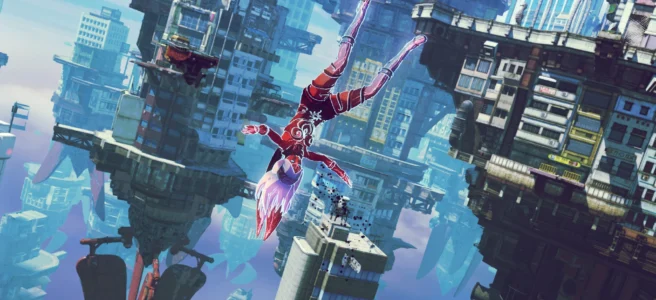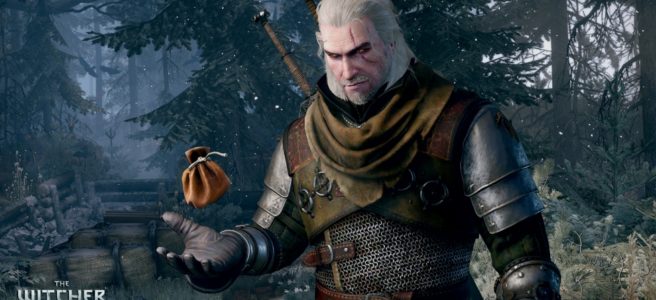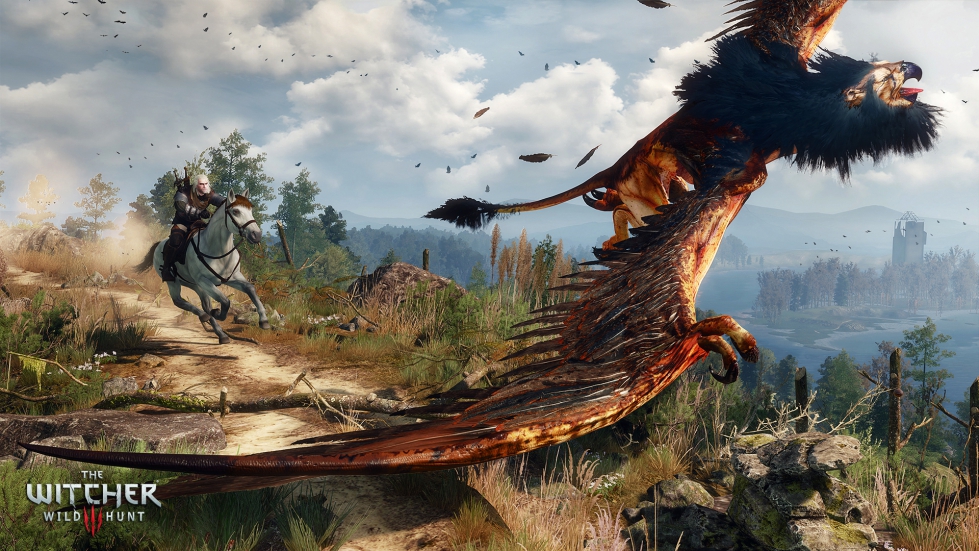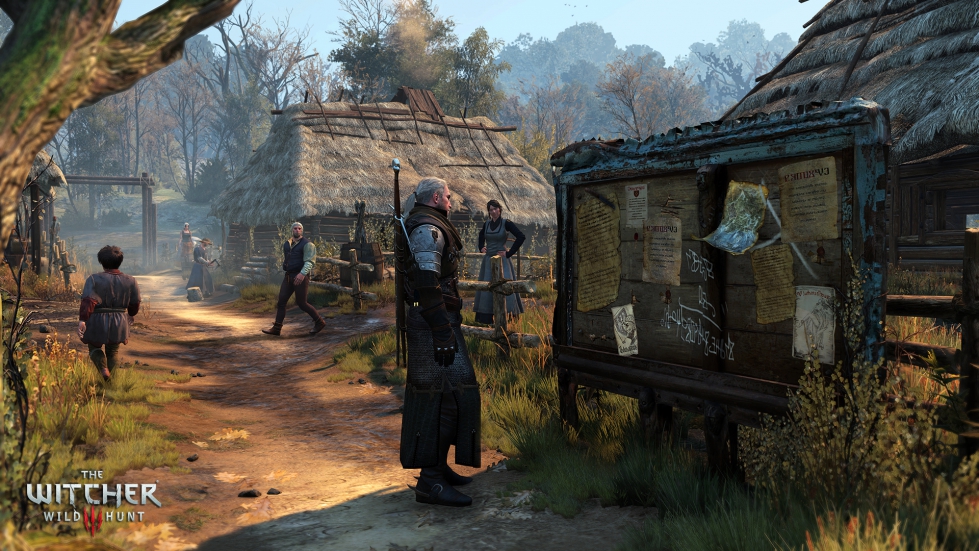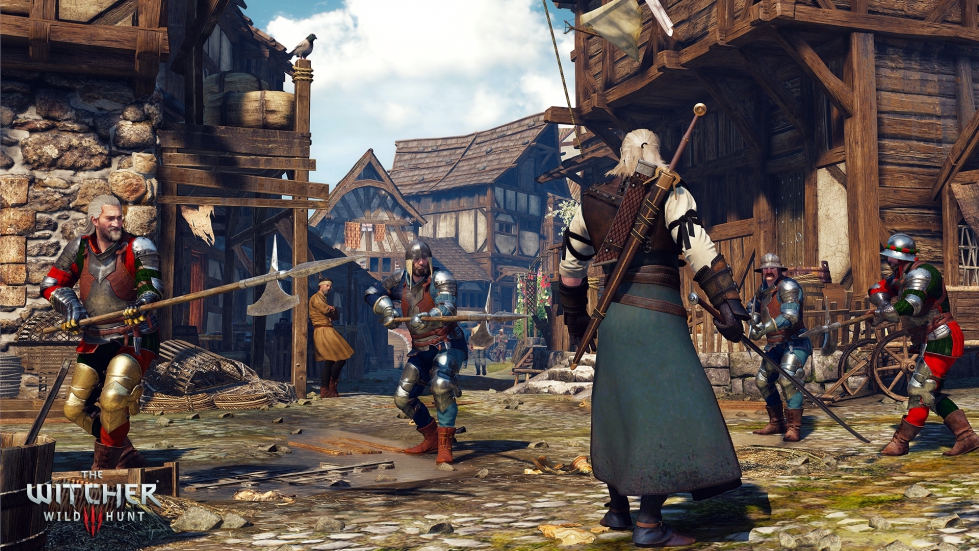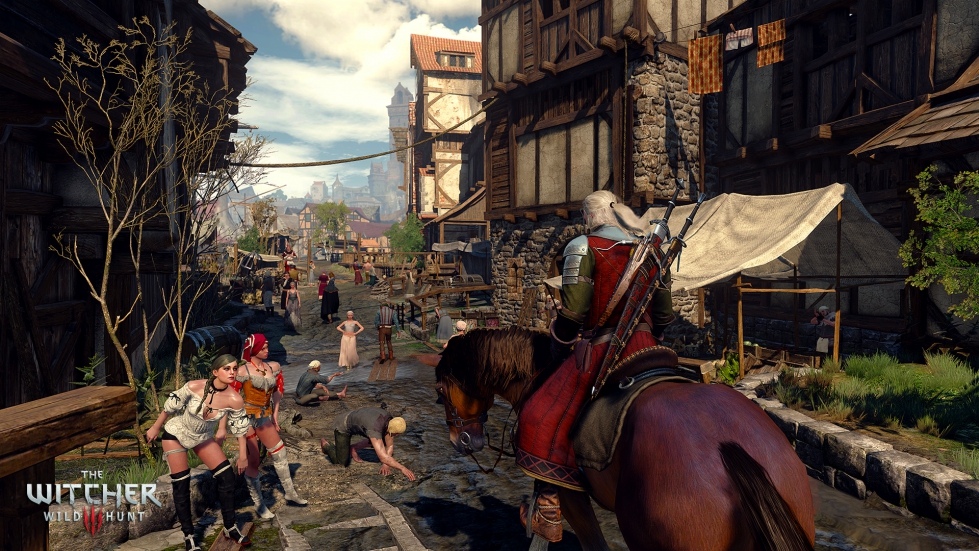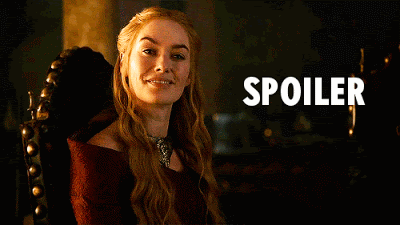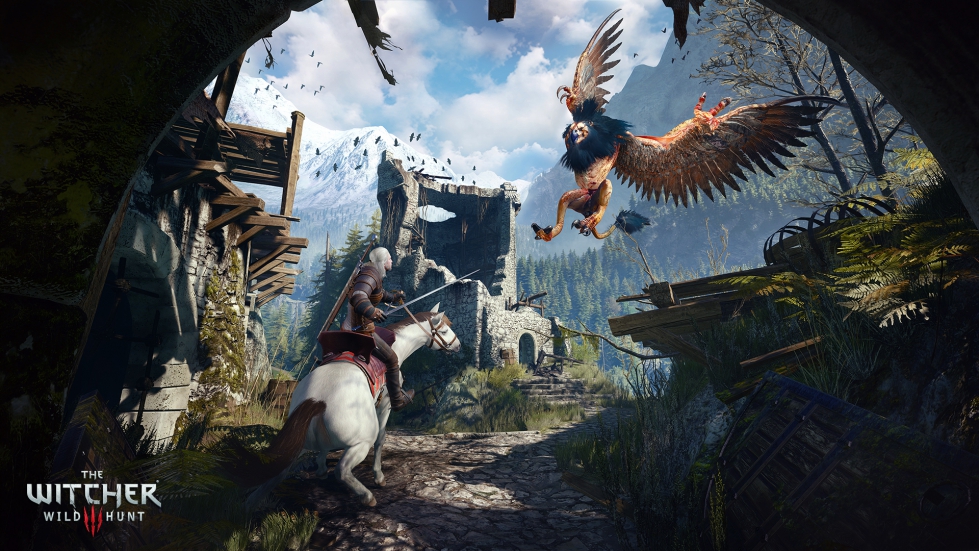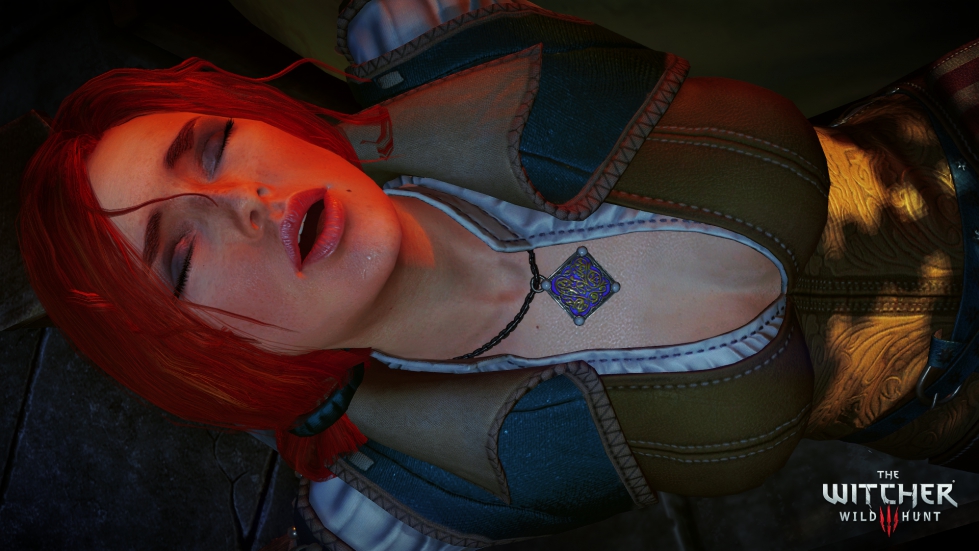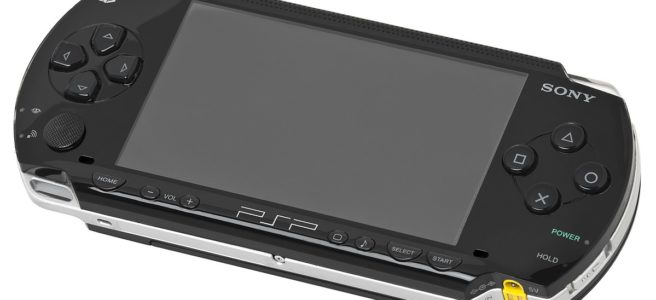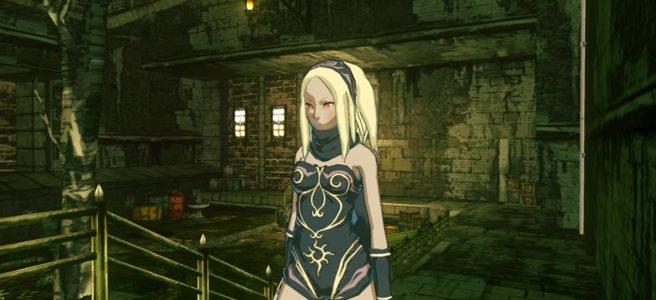50. Demolition Racer (1999, PS1)

A childhood classic, Demolition Racer is what it sounds like: combine demolition derby destruction with a high-octane racing game. The results are, predictably, catastrophic, with cars slamming into each other at high speeds, vehicles sent flying everywhere, catching fire, and exploding. This isn’t just nostalgia talking either, I’ve gone back and replayed this game multiple times in the past few years and it is always a blast.
49. Gravity Rush 2 (2017, PS4)

Gravity Rush 2, and its predecessor, are joyous games. Their plots are uplifting, full of positivity in the face of danger. Their characters are charming and unique. Most importantly though, the central mechanic reminds you of the simple joy of play. Too many games have movement and traversal as a lengthy chore that you have to manage in order to get from point A to point B, and you spend more time bored and annoyed getting to your destination than you actually do enjoying yourself (looking at you Witcher 3…). Gravity Rush flips the script on this: being able to shift gravity at will to fall towards your chosen destination is as breath-taking at minute one as it is at hour fifteen. It matters less that combat is a bit finnicky when the moment-to-moment gameplay is this fun and the writing is this charming. Gravity Rush 2 is pure joy and the industry needs more games like this in it.
48. Twisted Metal: Black (2001, PS2)

While Twisted Metal 2 is probably the best-playing Twisted Metal game, I’ve reiterated over and over here that gameplay isn’t everything, and Twisted Metal: Black is one of the best examples of this. The game is bloody difficult, perhaps too much so at times and the game can feel downright unfair. However, where Black really stands out is in its presentation and story. Black is easily one of the darkest video games ever released. Its cast are a bunch of psychopaths let loose from an insane asylum, all doing battle with each other and tearing across the city of Midtown in order to be granted a wish of their choice. You’ve got such colourful figures as No-Face (a professional boxer who lost a fight, causing a doctor who had bet on him to remove his eyes and tongue and then stitch them shut), Mr. Grimm (a Vietnam vet and former POW who is wracked with PTSD and a craving for human flesh), Preacher (a delusional pastor who downed a goddamn baby because he thought it was possessed), Warthog (a serial killer whose wish is to remove the part of the brain that makes him feel remorse when he kills), and of course Sweet Tooth (an unrepentant, murder-obsessed serial killer who wears a clown mask). Each character has a very dark and disturbing story that plays out over the course of the game, and the game’s world is suitably gloomy and depressing. It’s so over-the-top grimdark that it’s cartoonish, but then loops right back around to being properly dark stuff due to how hard it commits to the whole thing.
47. Resident Evil 2 (2019, PS4)
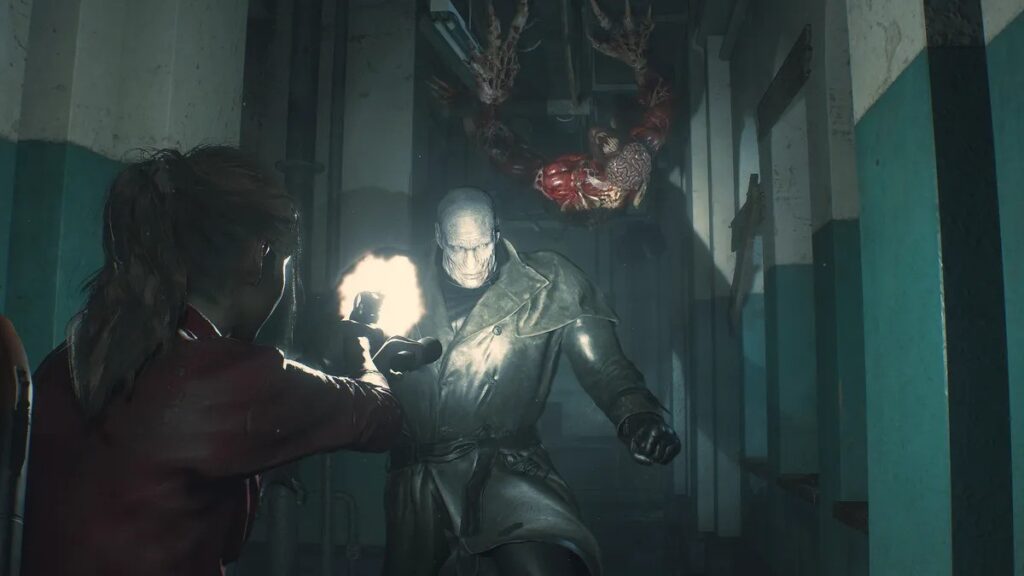
Resident Evil 2 remake was a lightning rod moment for the gaming industry, kicking off the remake craze we find ourselves knee-deep in. The game is just a bloody good, tense thrill-ride. Zombies have not been this threatening in decades, taking tons of ammunition to put down for good, which incentivizes you to conserve your resources and avoid them where ever possible. The design of the RPD is also still one of the most memorable environments in gaming and it’s just as compelling here in full 3D as it was on PS1. While it does stumble a bit towards the latter-half and the story isn’t all that interesting, Resident Evil 2 is one of those games that you cannot stop thinking about once you pick it up.
46. The Movies (2005, PC)
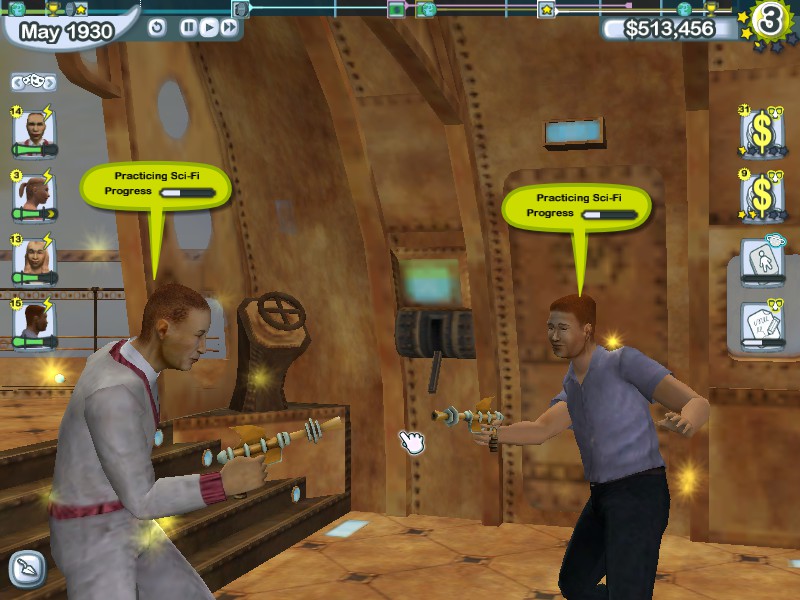
Peter Molyneux is notorious for over-hyping his games, but the one time he actually struck pure gold has to be The Movies. As a business management sim, it’s pretty cool: you manage a movie studio, building sets, hiring star directors and actors (and keeping them happy), managing crew, and developing technology from the silent era up to the modern day. All this is decent enough for a game in its own right, but what catapults The Movies to the stratosphere is the in-game machinima tools that give you a lot of freedom to create your very own movies. I’m talking dozens and dozens of scenes (each with variants and customization options), systems to allow the characters to lip synch with any recorded audio, special effects, and a basic video editor. It’s a mind-blowing amount of freedom, to the point where I made a feature-length spy movie back in high school using The Movies.
45. Blasphemous (2019, Switch)
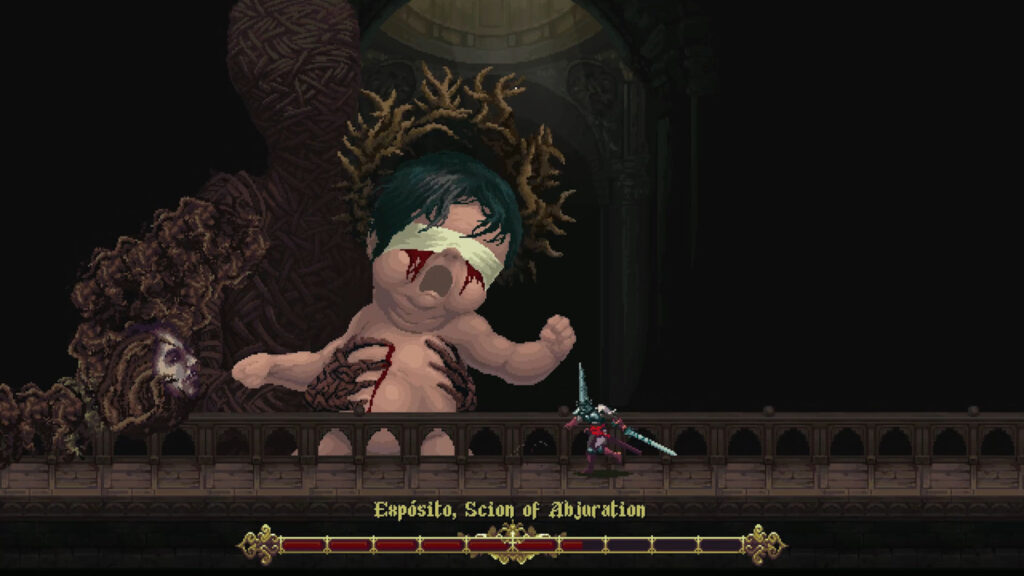
Sometimes a video game comes out which is just made for me. Blasphemous scratches so many of my itches: Metroidvania, Souls-inspirations, religious fanaticism, dark fantasy, blood, penitence… I picked it up in a sale a few years ago and I was glued to my Switch for a week straight, obsessed with journeying through this nightmarish civilization to prove my devotion to the faith. It isn’t doing much different than your average Metroidvania game, but it hits so many of my interests that I can’t help but adore it.
44. RollerCoaster Tycoon (1999, PC)

Like many other 90s kids, I got this game for free in a box of cereal. The game itself is the pinnacle of management sims, with a simple premise: build the amusement park of your dreams. Build attractions, setup decorations to make things more aesthetically pleasing, landscape to your liking, optimize your pathways, and design your very own rollercoasters (which, inevitably, will be too intense for the guests)! Each guest also has their own name, amount of money they’ll spend, and likes and dislikes which can help you tailor the park to maximize returns.
Of course, that’s all good if you’re playing the game as designed. You can easily turn RollerCoaster Tycoon into a psychopath simulation as well. Make vomit-inducing rides and then charge your guests to use the bathroom. Are guests mad that you charge them $5 to go for a piss? Grab ’em and throw them on punishment island, where they’ll angrily run in circles until you send the island into the ocean and drown everyone. Or, the classic option: build an unsafe rollercoaster and watch it crash and explode, killing everyone on board. You don’t have to be a dick in RollerCoaster Tycoon, but it’s a lot of fun that the game gives you the freedom to do so.
43. The Walking Dead (2012, PS3)
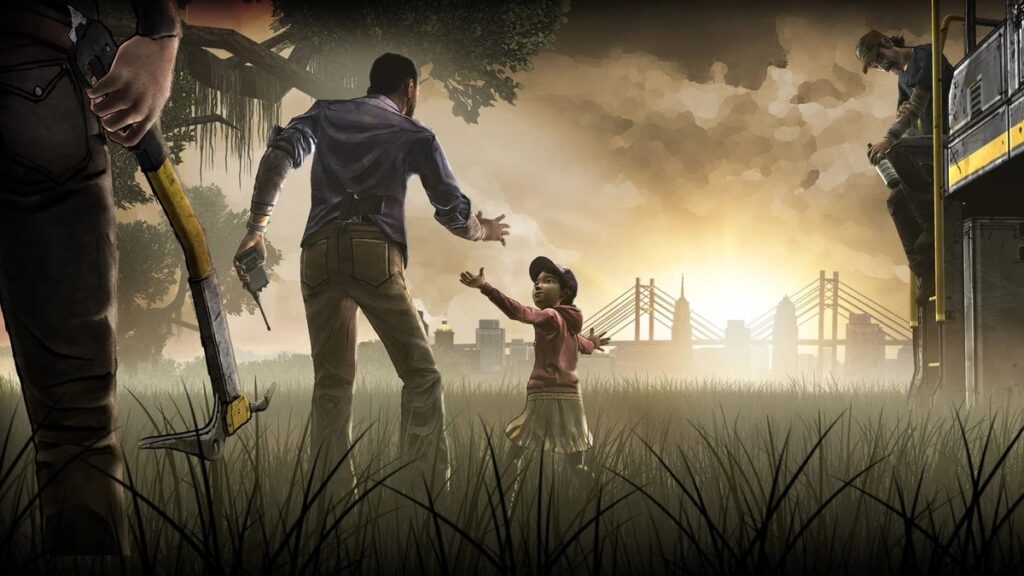
Telltale had been making narrative, episodic games since the mid-2000s, but they never really had any major hits, and their biggest swings (looking at you Jurassic Park) were considered fairly poor and did not make a splash. So, for a while, Quantic Dream’s games were the gold standard for narrative games, with Indigo Prophecy and Heavy Rain being quite notable titles of their eras. However, even back then, the writing of those games was heavily criticized, but I (and many others) excused it, because we couldn’t really get these kinds of cinematic, narrative-based experiences elsewhere.
Then Telltale’s The Walking Dead came out, and Quantic Dream were obsolete overnight. The Walking Dead established a formula of narrative, choice-based games that Telltale would milk dry over the next few years, but The Walking Dead stands tall amongst them just due to the strength of the writing here. The tale of Lee and Clementine is unforgettable: an escaped convict stumbles across a little girl whose babysitter has been killed during a zombie apocalypse and takes her under his wing. The illusion of choice is very much a thing here, but it doesn’t really matter that much when the journey itself is so good. What makes it so good are not the big choices anyway, it’s the little ones – do you go all-out to protect Clementine, or do you try to preserve her innocence as best you can? No other video game has managed to make me cry like this one, and I imagine if I were to replay it now, after becoming a father, it would leave me absolutely devastated.
42. Warhammer 40,000: Dawn of War (2004, PC)

I’ve been a Warhammer 40k fan for most of my life, and I can say with confidence that the original Dawn of War is still unsurpassed as far as 40k games go. An old-school RTS which innovated by putting the focus directly on getting you into combat, Dawn of War lets you engage in visceral, bloody, large-scale war with friends or AI opponents. Several factions were added in expansions, meaning that it is absolutely packed with content to try out. The game is still fully playable online to this day as well, and I’ve had the pleasure of getting together with friends recently to try to hold the line against high-level CPU teams hell-bent on annihilating us. It results in glorious carnage as your units rain gunfire and artillery down and chainswords rip through flesh. The modding community is also great, bringing in an entirely new, playable faction and removing the game’s unit cap for ultimate apocalypse mode.
41. Dynasty Warriors 4: Empires (2004, PS2)

I am not exaggerating when I say that I love Dynasty Warriors 4: Empires. I have poured countless hours into this game as I gleefully hack and slash my way through ancient China to reunite the land under my banner. Empires specifically is great, because it adds a level of grand strategy to Dynasty Warriors‘ usual formula, as each battle captures territory, makes new items available, allows you to recruit and capture officers, and gets you one step closer to conquering the nation. This change takes the rather repetitive combat of Dynasty Warriors and gives each battle a level of importance and resonance that it may otherwise lack, since each action you do is building towards a grander goal. The nature of the world map also means that no two campaigns will play out the same: you’re always going to have different enemy factions, different officers fighting with you, different territories to attack and defend at any given time, etc. I actually replayed the game on my Retroid Pocket 4 Pro a few months ago, and it was like cuddling in a warm, familiar blanket again. Later games may have expanded the political gameplay, but this version of Empires will always have a special place in my heart.
40. Resident Evil 3 (2020, PS4)
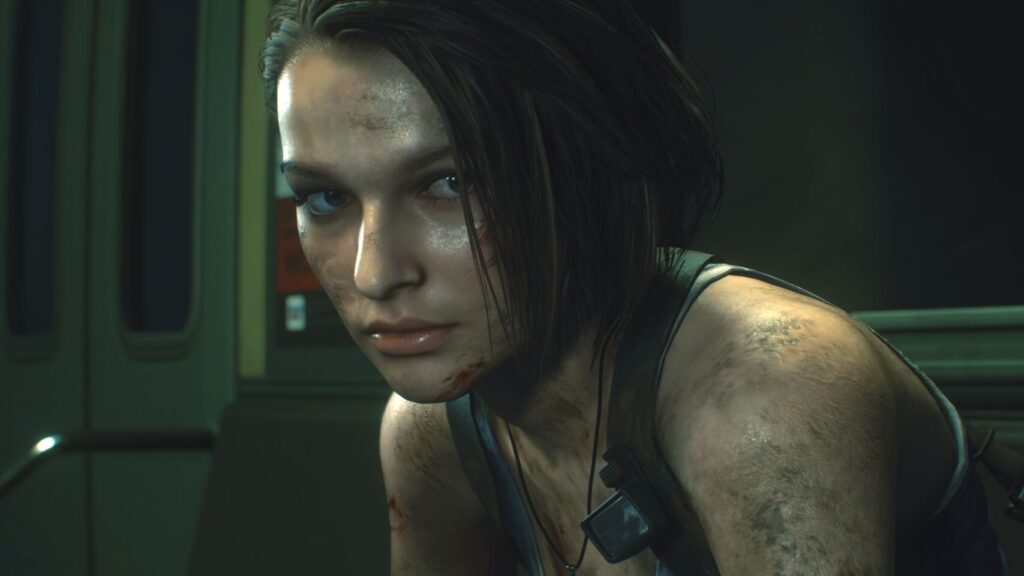
My go-to answer for “most over-hated game of all-time”, I legitimately enjoy Resident Evil 3 remake more than Resident Evil 2 remake. This, once again, comes down to the non-gameplay aspects: the story in Resident Evil 3 is easily the best in the entire franchise. Jill is a fucking badass, Carlos is cool, Nikolai is a great secondary antagonist, and Nemesis is a terrifying, relentless monster. Resident Evil 3 plays like a PS3-era, cinematic action game in the vein of Dead Space 2, the sort of experience we rarely get these days when every game has to be open world and dozens of hours in length or it’s not worth gamers’ time. The runtime is fine for this sort of experience: the six-to-eight hours you spend are maximized for fun and spectacle, and I got significantly more enjoyment out of this than I did out of the bloated, two hundred hours spent toiling away in Fallout 4 (and I call bullshit on anyone who claims to have beat it in three hours unless they were specifically running through it as fast as possible). Plus it’s on sale all the time now, so price isn’t even a problem. Sure, it cuts some content from the original, but the original still exists: play ’em both, I say.
39. Tom Clancy’s Rainbow Six: Siege (2015, PS4)
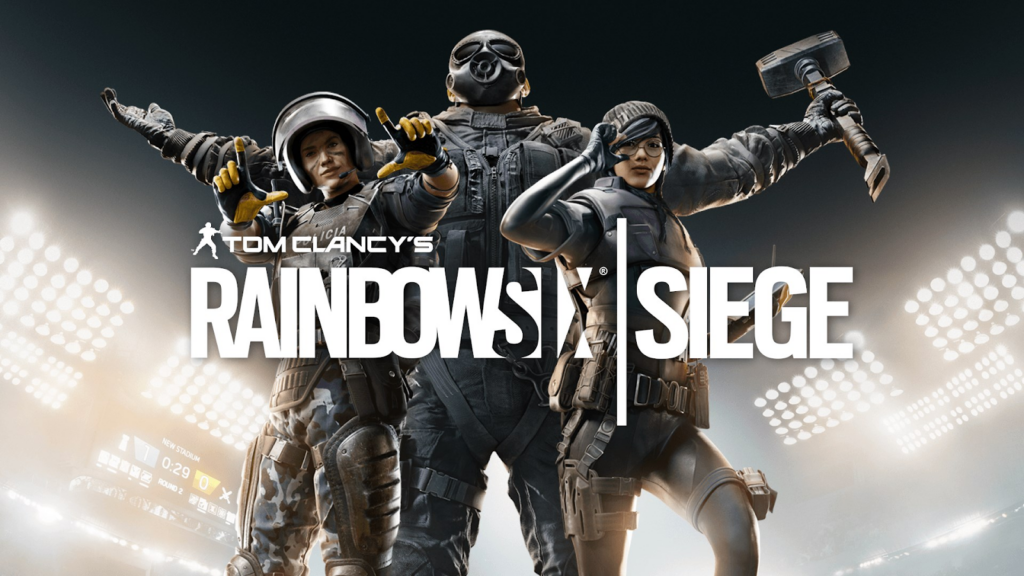
While the game has expanded in some wild directions since release, the core gameplay of Rainbow Six: Siege is one of the best multiplayer shooters I’ve ever experienced. I got in early, a few weeks after launch when the game was in a very rough state, and I was hooked due to how intense it was. As a defender, having to fortify your position while you can hear attackers breaching to get to you makes your heart beat fast and your palms sweat in anticipation of what’s to come. As an attacker, you have to watch every step you take as you try to get in as safely as possible. Each encounter is life-or-death, with instant kills coming frequently. The operators’ unique weapons and equipment fundamentally affect how this plays out and creates a mix-and-match system that makes every game unique. While I don’t really play competitive shooters much anymore and, as a result, I’ve effectively retired from Siege for good, my time with the game was easily some of the best experiences I’ve ever had in an online game.
38. Metal Gear Solid V: The Phantom Pain (2015, PS4)

With the glut of open world games we’ve gotten in the past decade, my opinions on The Phantom Pain have softened somewhat. Traversal quickly becomes a pain in the ass, as starting any mission will require you to get past multiple guard checkpoints, you always feel obligated to look for new soldiers to recruit for your base, and the side ops get extremely repetitive. That said, The Phantom Pain still stands out thanks to its fundamental gameplay systems. Stealth remains incredibly fun, all the wild and wacky gadgets at your disposal give you so many ways to mess with guards, and the guards actually learn and start to counter your tricks, forcing you to change things up regularly. In spite of its problems, it’s still a great sandbox experience and a solid send-off to the greatest saga in gaming.
37. Mass Effect 2 (2011, PS3)
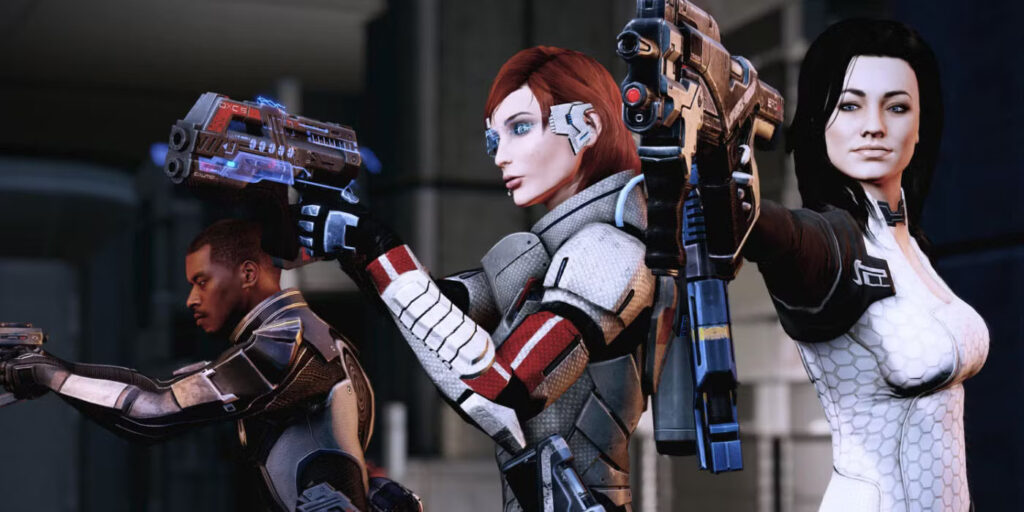
While Mass Effect 3‘s ending soured the entire franchise, Mass Effect 2 at least remains one of the best action RPGs on consoles thanks to its fairly self-contained story. You’re basically tasked with putting together a team of specialists to go on a suicide mission. The first twenty or so hours are just you recruiting your team, getting to know them, preparing your ship and equipment, and (most importantly) growing emotional connections to your entire crew. We then get one of the best finales in gaming as your team plunges into the gauntlet and your decisions over the course of the game come to fruition. Depending on what you’ve done, one or more of your crew can die executing the mission, which is about as emotionally impactful as you would expect.
36. Resident Evil 3: Nemesis (1999, PS1)
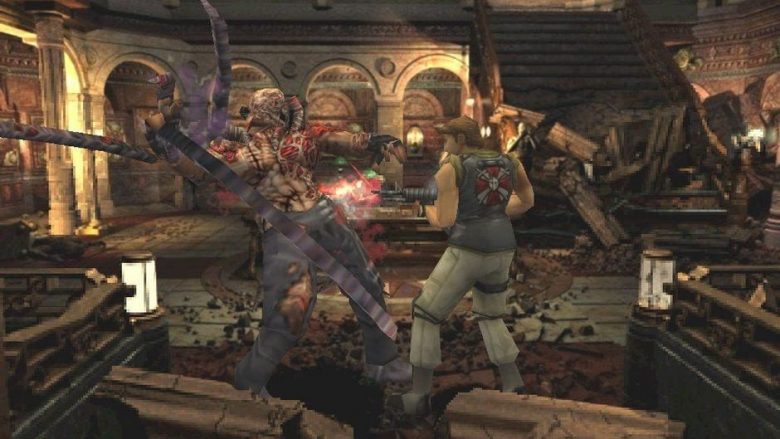
Shock! Horror! I liked both versions of Resident Evil 3! While I certainly have some issues with it compared to its predecessor, Nemesis is such a unique and ambitious game for its time period. Its scope is significantly wider than any previous Resident Evil game, allowing you to freely traverse an entire section of Raccoon City. The titular Nemesis is also downright scary here, barely operating within the limits of what you can reasonably deal with in Resident Evil‘s tank control scheme. The freedom and sense of risk/reward that this gives you is great – you can avoid fights with him if you want to, but if you choose to tough it out, you’ll be handsomely rewarded for your efforts. I remember when this game was considered the dark horse of the franchise, so seeing it get all the love after all this time is great to see.
35. Dead or Alive 2 (1999, PS2)
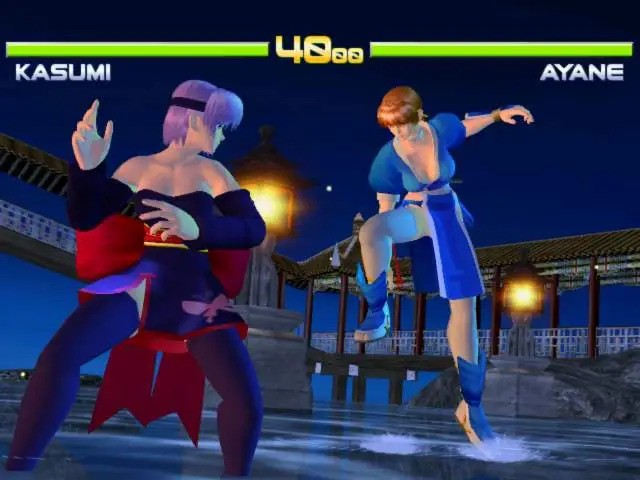
A couple months ago, I would have said that I liked Dead or Alive as a franchise, but I wouldn’t have had any of the games in my top fifty. Dead or Alive 2 changed that for me. The game is a massive improvement on its predecessor, adding in new characters, fun new mechanics, stage hazards and multi-level stages which wildly change how a battle looks and feels. The game is also simply packed to the brim with content, to a degree that we just do not get out of games anymore. It’s a simple enough game that anyone can pick it up, but deep enough that there’s a lot to learn and come to grips with if you really want to dedicate yourself to learning. Like I said in my recent Love/Hate series, I’m so glad that I decided to check the older games in this franchise out, because they were a real joy to get to experience.
34. Hotline Miami 2: Wrong Number (2015, PS Vita)

Hotline Miami 2 is largely more of the same from its predecessor, but when that game had one of the most addictive and replayable gameplay loops of any game, that’s nothing to sniff at. Hotline Miami 2 is hypnotic: an acid trip of colour, blood, ultraviolence, synthwave, and pure focus. You will die over, and over, and over again as you try to perfect your killing spree and get through each area unscathed. This results in a ballet of bullets as you mow down enemy gangsters with dual SMGs, throw your empty gun to stun a guy, then slash their jugular open with a blade you picked up, then throw that blade into another guy’s head, grab another weapon to keep going, etc. All this coming as you die, hone your approach, die again, and so on until you have it down perfectly.
33. This War of Mine (2014, PC)
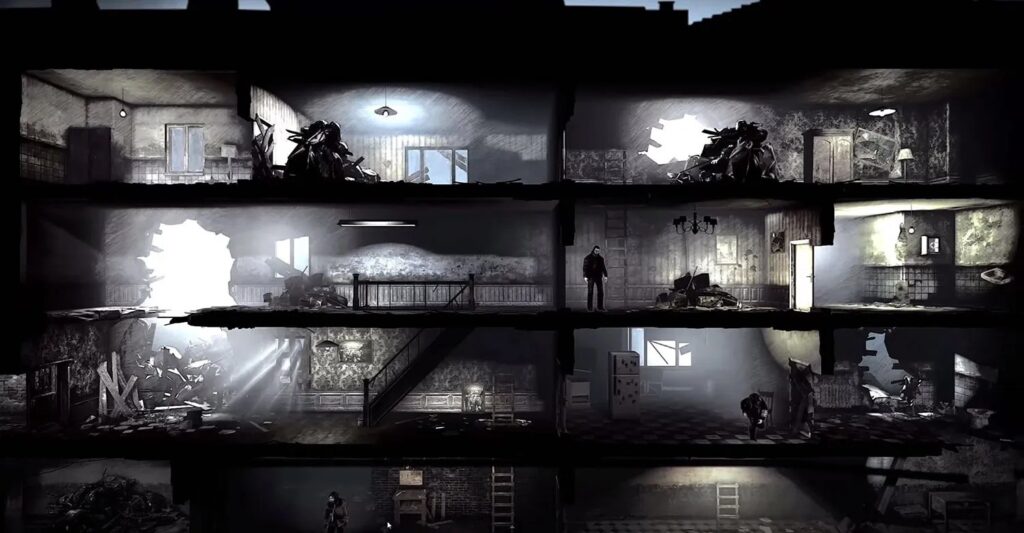
This War of Mine threads the extremely delicate line between entertainment and art with a serious message and, in my opinion, the results are poignant. Meant to act as a commentary on international conflicts and of the military shooters of the day, you play as a small group of survivors caught in an active warzone trying to survive to see peace return once more. You have to balance your survivors’ sleep, hunger, and morale, and developing your safehouse to be able to produce heating, supplies, and to be able to defend against looters. Then, at night time, it’s safe enough to sneak out and try to scavenge for supplies… but be careful, because you’re not the only one trying to survive…
Then there’s the heavy choices. Supplies are going to start drying up real quickly. Do you risk confronting other scavengers who may be hostile? Do you enter an area with ongoing exchanges of gunfire to risk getting to supplies that haven’t been picked over yet? Do you try to break into a gang’s well-stocked safehouse to steal their supplies? Or do you break into a defenseless old couple’s home and steal their supplies to keep yourself alive? If neighbours ask for help, will you give up some of your rations and medicine to help them? And, if you have children in your safehouse, how do you keep them safe and innocent in the face of all this? This War of Mine leaves these choices up to you, and only makes them harder as disease and winter set in, making you really test the limits of your morals. It’s a one-of-a-kind survival experience, and I implore you to check it out.
32. Ace Combat 04: Shattered Skies (2001, PS2)
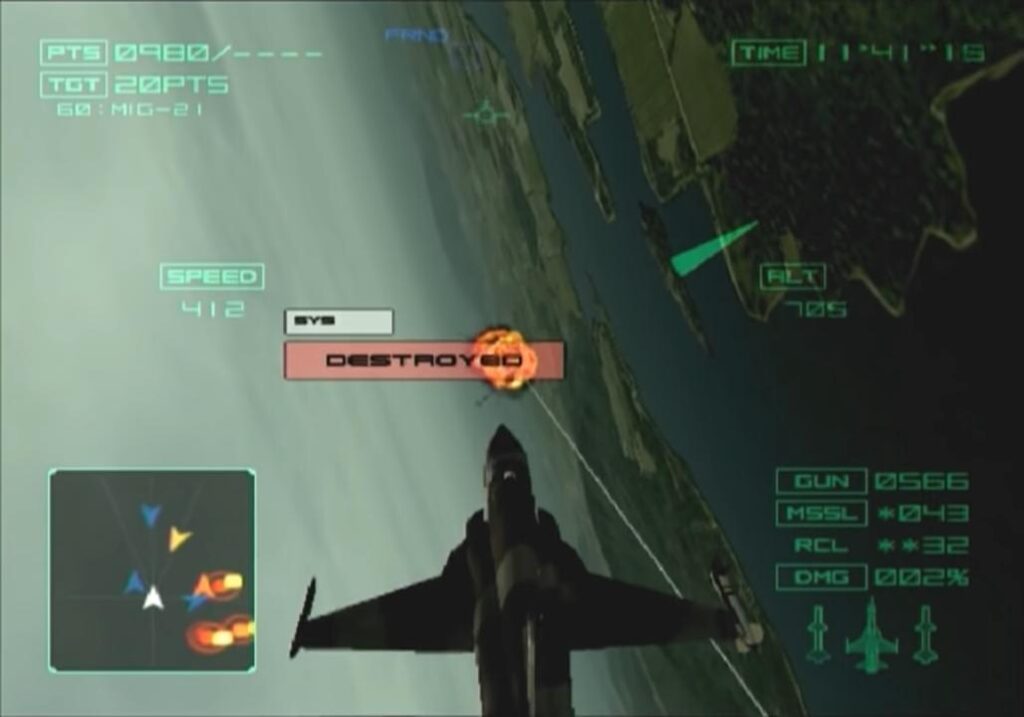
Shattered Skies is a special game for me. My grandfather on my mother’s side was a pilot instructor. One of my earliest memories was flying with my grandfather in his two seater airplane and looking down at the world below us. Probably due to this connection, my aunt bought me a copy of Ace Combat 04: Shattered Skies as a gift. I wasn’t particularly interested at the time, but eventually decided to give it a try, and quickly became mesmerized.
On the gameplay front, Shattered Skies is an arcadey military air combat game where you’ll be dogfighting, shooting and bombing ground targets, and sometimes flying dangerously low to avoid radar and airburst artillery. The gameplay is actually way more varied than you’d expect for this kind of game and makes for a game that never gets old. You also get access to dozens of airplanes, each with their own strengths, weaknesses, and customization options, which let you tailor them to each mission you find yourself in.
What really makes Shattered Skies so good though is its shockingly mature story – and I don’t mean that in the “rated M for mature” sense, I mean that this is some legitimately great stuff. The story is told from three perspectives: 1) the big picture, war room briefing perspective, which tells you about the progress of the war between ISAF and Erusea; 2) the in-game story of Mobius 1, who you control and turn into a legendary fighter ace over the course of the game; 3) the story of a grown man recounting his experience as a boy growing up in occupied San Salvacion. This third story is where the real emotional punch of Shattered Skies comes in, as we see his family killed as collateral damage in the war after the Erusean Yellow Squadron shoots down a plane, which crashes into their house. Despite hating the occupiers, he grows to have a strained relationship with some of the fighter aces in Yellow Squadron who are based in the city. While Yellow Squadron clearly have empathy for the boy and want to be seen as more than just occupiers, you get the sense that they are legitimately saddened when he has to stand up to them in order to protect a friend in the resistance. This more personal perspective of your enemies makes it a bittersweet moment when we have to face Yellow Squadron in battle as Mobius 1 and shoot them down one-by-one. It’s a shockingly clever and tragic way to lend emotional stakes to what would otherwise be standard air combat gameplay. This whole story makes Shattered Skies so much more than the sum of its parts, and is easily one of the best-written stories in video games.
31. Resident Evil 2 (1998, PS1)
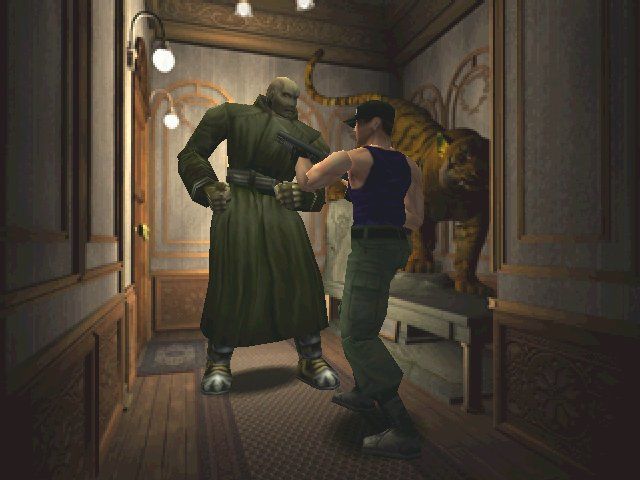
I knew that Resident Evil 2 was celebrated back in the day, but I didn’t really realize just how good it was until I finally played it earlier this year. Given its placement here on the list, I also clearly liked it quite a bit more than its more polished and popular remake. I just love the way that Resident Evil 2 feels and plays: nearly everything good about the remake is intact here, and in some ways (such as the story and branching playthroughs) it’s even better. It’s incredibly impressive for a PS1 game and by far the most fun entry in the “classic” era of Resident Evil.
30. Resident Evil (2002, GC)

While Resident Evil 2 is the best of the classic era, the remake of the original Resident Evil is arguably the best distillation of the Resident Evil formula we’ve ever gotten, largely thanks to the changes and improvements it brought after six years of iteration. The original Resident Evil was a very rough and unrefined game: full of cool ideas, but lacking in the execution. REmake realizes that potential and then some, with graphics that still look fantastic today that help bring the oppressive atmosphere of the Spencer Mansion to life. The remake also makes several changes to the original game which keep things surprising to veterans and improve the overall layout of the mansion in the process. The Crimson Heads are the most notorious example of this, providing a nasty surprise to new players who are too liberal with their firearms usage, and adding a whole other layer of strategy as you have to figure out which bodies to burn before they reanimate as even more dangerous enemies.
29. Battlefield: Bad Company 2 (2010, PS3)
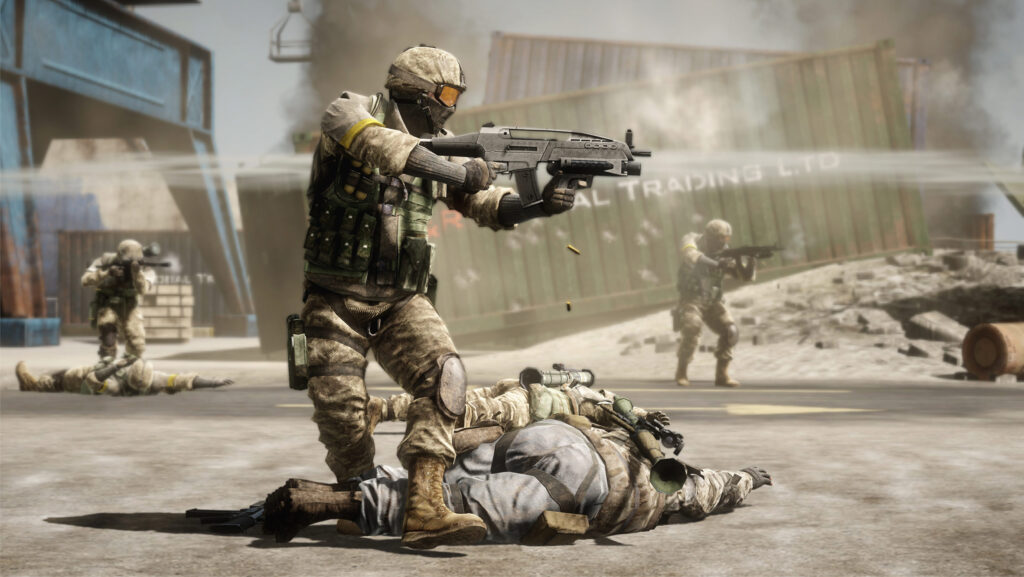
If you’re unfamiliar with the series, it may seem kind of weird to rank a Battlefield game so highly, because a Battlefield game is just another Battlefield, right? Bad Company 2 was special. Like Battlefield 3, this game was really designed for rush, and charging in with your teammates to take the MCOM stations was as intense as it was fun. Bad Company 2 also featured a level of destruction that no Battlefield game since has dared attempt to replicate: nearly every building can be blown apart or leveled entirely. While some argue that this makes the map kind of boring once all the buildings are gone, I call those people cowards: flushing defenders out of Arica Harbour with a series of tank shell strikes was a literal blast. The game also had some fantastic maps which, when they’ve shown up in subsequent Battlefield titles, have given me a rush of nostalgia that I’ve rarely felt for anything else. It’s a shame that the game was shut down for good last year, but the memories live on forever.
28. Dead Space (2008, PS3)
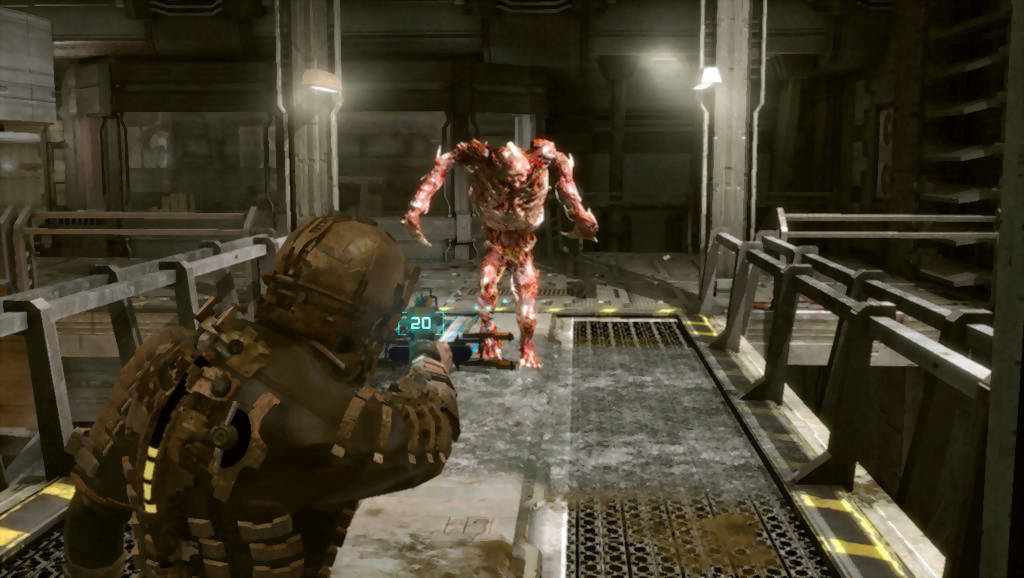
Dead Space is the best franchise to arise from the glut of Resident Evil 4 clones, and it’s not even close. A mixture of Event Horizon, The Thing, and Alien, this first game brings terror to the corridors of the Ishimura as you try to stay alive against hordes of necromorphs and find out what happened to your girlfriend, who was stationed on the ship. The core gameplay gimmick is inspired for a horror game of this nature: simply shooting a necromorph is insufficient to kill it, you need to blast their limbs off to immobilize them. Combined with limited resource survival gameplay, stasis blasts to slow enemies, kinesis to throw objects at your foes, and a good ol’ fashioned curb stomp when all else fails, the core gameplay of Dead Space is rock solid.
27. Fire Emblem: Awakening (2012, 3DS)
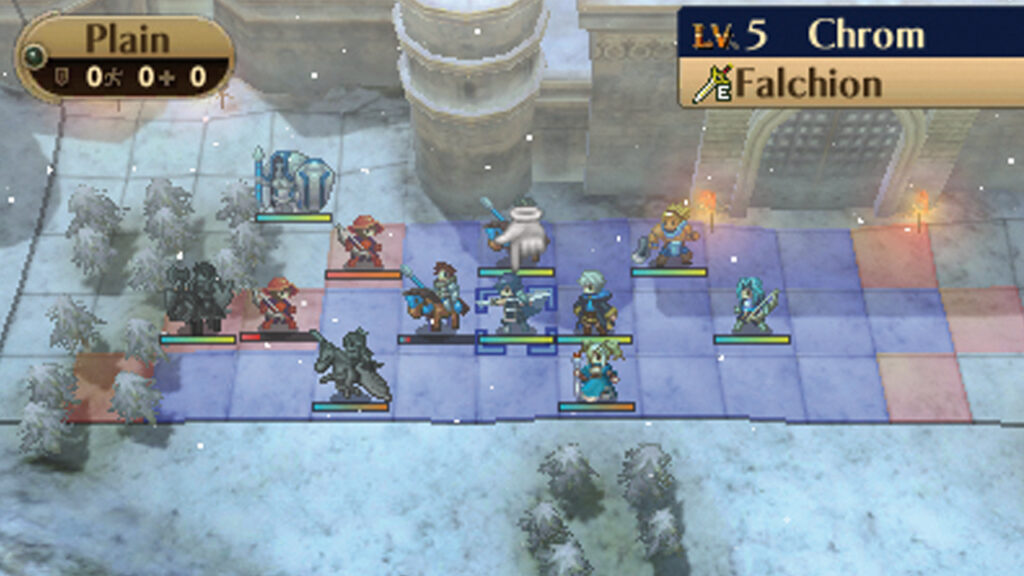
Fire Emblem: Awakening came out at a difficult time for the long-running franchise. Sales for the last couple entries had been underwhelming, so Intelligent Systems had one last chance to right the ship before the series went on ice for good. With this in mind, the developers threw the kitchen sink at Awakening, trying to make the biggest, best Fire Emblem of all-time, if only to give it a proper swan song. Luckily, their efforts paid off and Awakening gave the franchise a second life. While it largely plays like any other Fire Emblem game (turn-based tactics gameplay, RPG elements, perma-death, etc), Awakening‘s big new feature was an expansion of the relationship system to allow two of your soldiers to have children, who will inherit traits from both of them. This allows for some really fun and unique combinations, which work just as much for roleplayers as they do for min-maxers. While some fans have bemoaned this addition, claiming it turned Fire Emblem into a waifu simulator, I think that that opinion is fucking dumb. Awakening is a great game and, in my opinion, the most fun Fire Emblem I’ve played thus far.
26. Uncharted 2: Among Thieves (2009, PS3)

I really enjoyed the original Uncharted when it came out, a lot more than most people who played it in fact. I loved the characters, the gameplay, and the story, so I was excited to see how Naughty Dog would up their game for the follow-up. What I was not expecting was for Uncharted 2 to absolutely blow everyone’s expectations out of the water and be widely considered the game of the year for 2009.
Uncharted 2 plays like its predecessor, but with some key refinements. The game is overall just bigger: more grand spectacle, bigger set-piece moments, more characters, more complex story. As much as I liked Nathan Drake and Elena Fisher in the first game, they really come into their own here, and I love that Naughty Dog didn’t take the easy route of having their pulp hero have a new love interest in every game.
And that’s it for part two. If you’re reading this the day it came out, then the final part will be up tomorrow!
If you liked this article…
I hate ads. You hate ads. In order to stop polluting my site with obtrusive and annoying ads, I’ve elected to turn them off on IC2S. That said, writing still takes time and effort. If you enjoyed what you read here today and want to give a token of appreciation, I’ve set up a tip jar. Feel free to donate if you feel compelled to and I hope you enjoyed the article! 🙂
